Guide your students to differentiate between examples of weathering, erosion and deposition with this color-by-number science worksheet.
What Is Weathering, Erosion and Deposition?
Weathering, erosion, and deposition are three processes that work together to shape the Earth’s surface over time. If you are looking for a refresher of these terms, read on for a detailed primer from our teacher team!
Weathering
Weathering is the process by which rocks and minerals are broken down into smaller pieces or changed in composition due to various natural forces. There are three main types of weathering:
Mechanical Weathering
This occurs when physical forces, such as temperature changes, pressure and freezing water break rocks into smaller pieces. An example is when water seeps into cracks in rocks, freezes, and expands, causing the rocks to crack and break apart.
Chemical Weathering
Chemical weathering involves the changing of rocks through chemical reactions. Substances like water, acids and oxygen can react with minerals in rocks, changing their composition over time. A common example is the rusting of iron when it reacts with oxygen and water.
Biological Weathering
Biological weathering is a type of weathering caused by living organisms. This process involves the physical or chemical alteration of rocks and minerals due to the activities of plants, animals, and microorganisms.
Erosion
Erosion is the process by which weathered rock and soil are transported from one place to another by natural forces like wind, water, ice and gravity. Erosion occurs when these forces carry away the smaller particles and sediments produced by weathering. Examples of erosion include the gradual wearing away of coastlines by ocean waves, the carving of valleys by rivers and the transportation of soil by the wind.
Deposition
Deposition is the opposite of erosion. It’s the process where eroded materials, such as sediments, rocks and soil, settle or come to rest in a new location. This occurs when the forces that were transporting them lose their energy and can no longer carry the materials. For example, a river might deposit sediment it has eroded when it slows down and reaches a flat area, like a floodplain or a lake. Over time, deposition can build up new landforms and change the landscape.
Color by Number – Erosion, Weathering, Deposition – Answer Key Included!
Teach Starter has created a fun color-by-number activity for your students to use to test their understanding of the W.E.D (weathering, erosion, and deposition) concepts. In this teacher-created download, you will find a ten-question page where students must determine if the statement describes weathering, erosion or deposition. Students will then use the color from the key and shade in the corresponding numbers on the landscape outline.
We have included an answer key for both the questions and the coloring page to make grading quick and easy.
Easily Prepare This Science Coloring Worksheet for Your Students
If you are ready to add this Earth Sciences worksheet to your teaching toolkit, head on over to the green download button! You can choose from the quick-print PDF file or the editable Google Slides document. Please note that if you select the Google Slides option, you will first be prompted to copy the resource to your personal drive before accessing it.
This resource was created by Brittany Kellogg, a teacher in Ohio and a Teach Starter Collaborator.
Delivering More Deposition, Erosion and Weathering Resources – Straight to You!
Don’t stop there! We’ve got more activities and resources that cut down on lesson planning time:
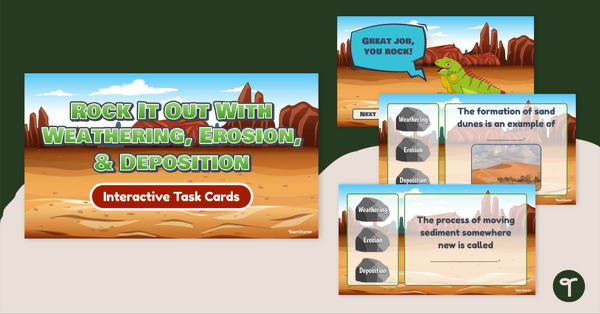
teaching resource
Rock It Out With Weathering, Erosion and Deposition – Interactive Task Cards
Dive into the fascinating world of Earth’s transformations! Download this set of interactive task cards to review weathering, erosion and deposition concepts with your students.
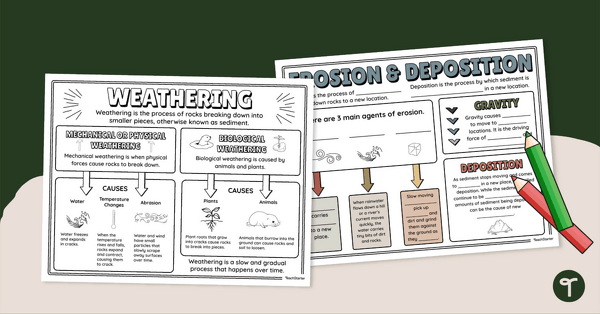
teaching resource
Weathering, Erosion and Deposition Doodle Notes
Engage your students with a set of science doodle notes when learning about erosion, weathering and deposition.
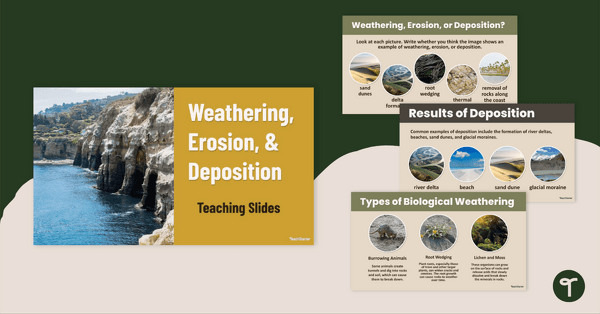
teaching resource
Weathering, Erosion and Deposition – Teaching Slides
Learn about the different types of weathering, effects of erosion, results of deposition and more with this set of teaching slides.
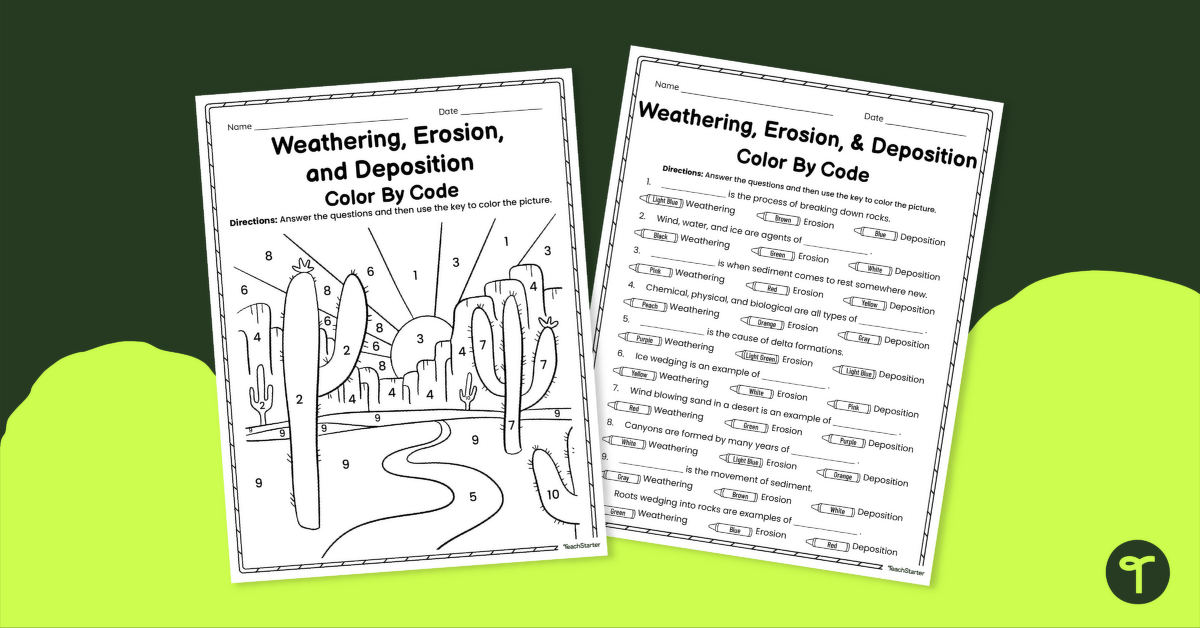

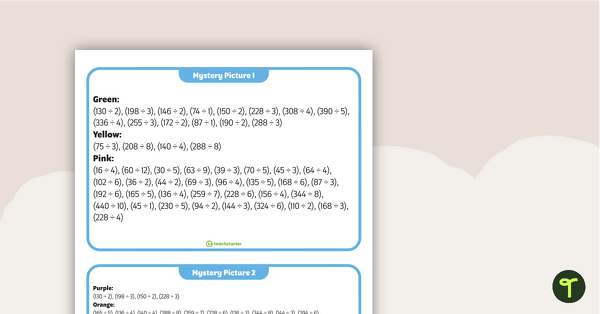
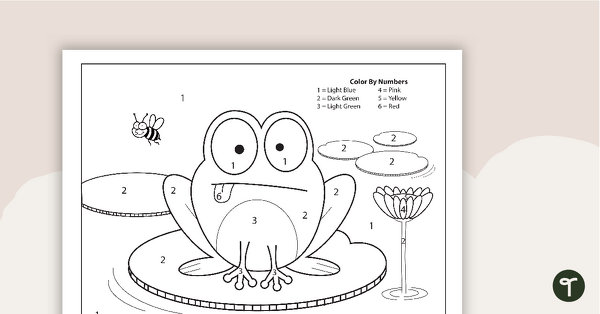
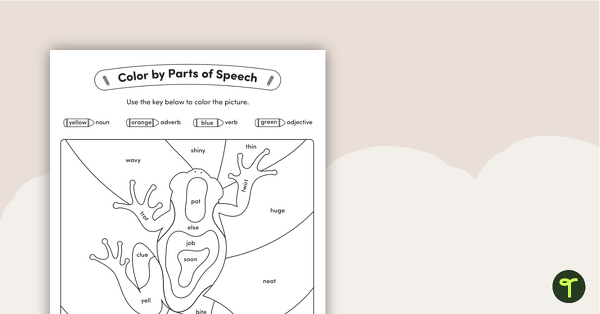
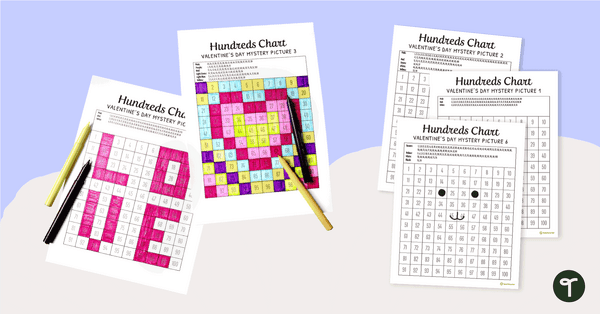
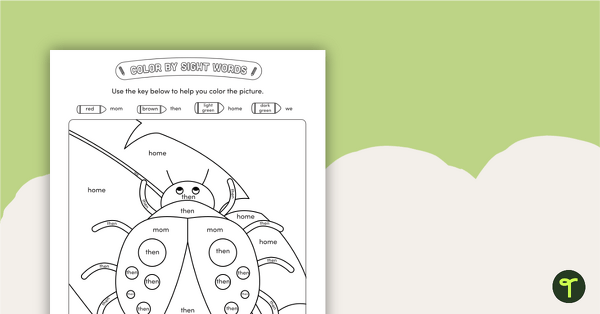
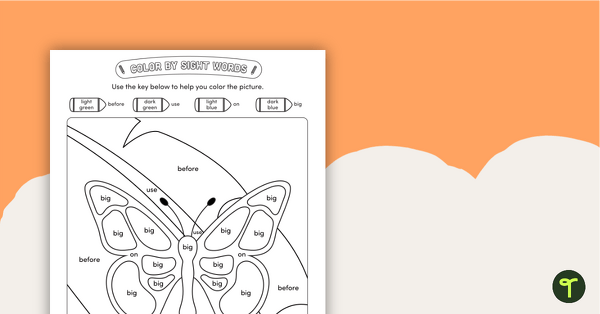
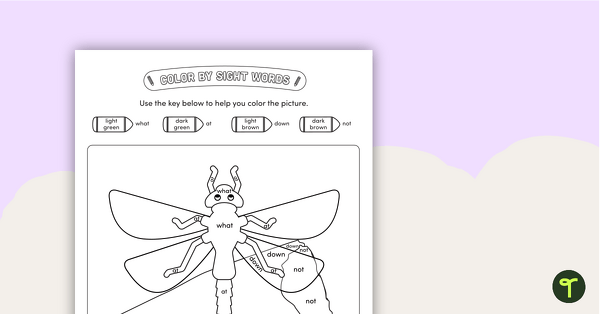
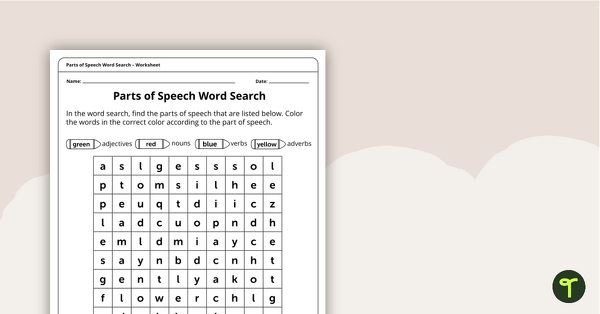
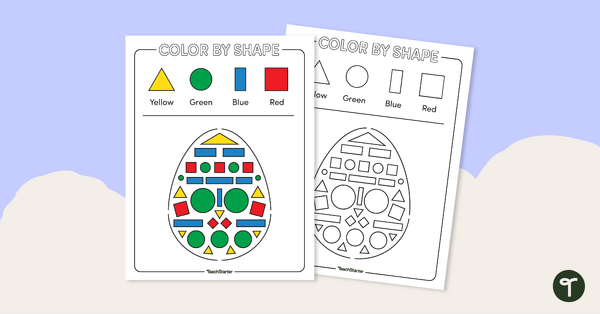
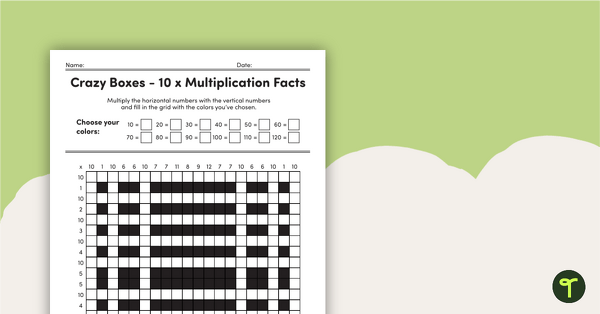
0 Comments
Write a review to help other teachers and parents like yourself. If you'd like to request a change to this resource, or report an error, select the corresponding tab above.